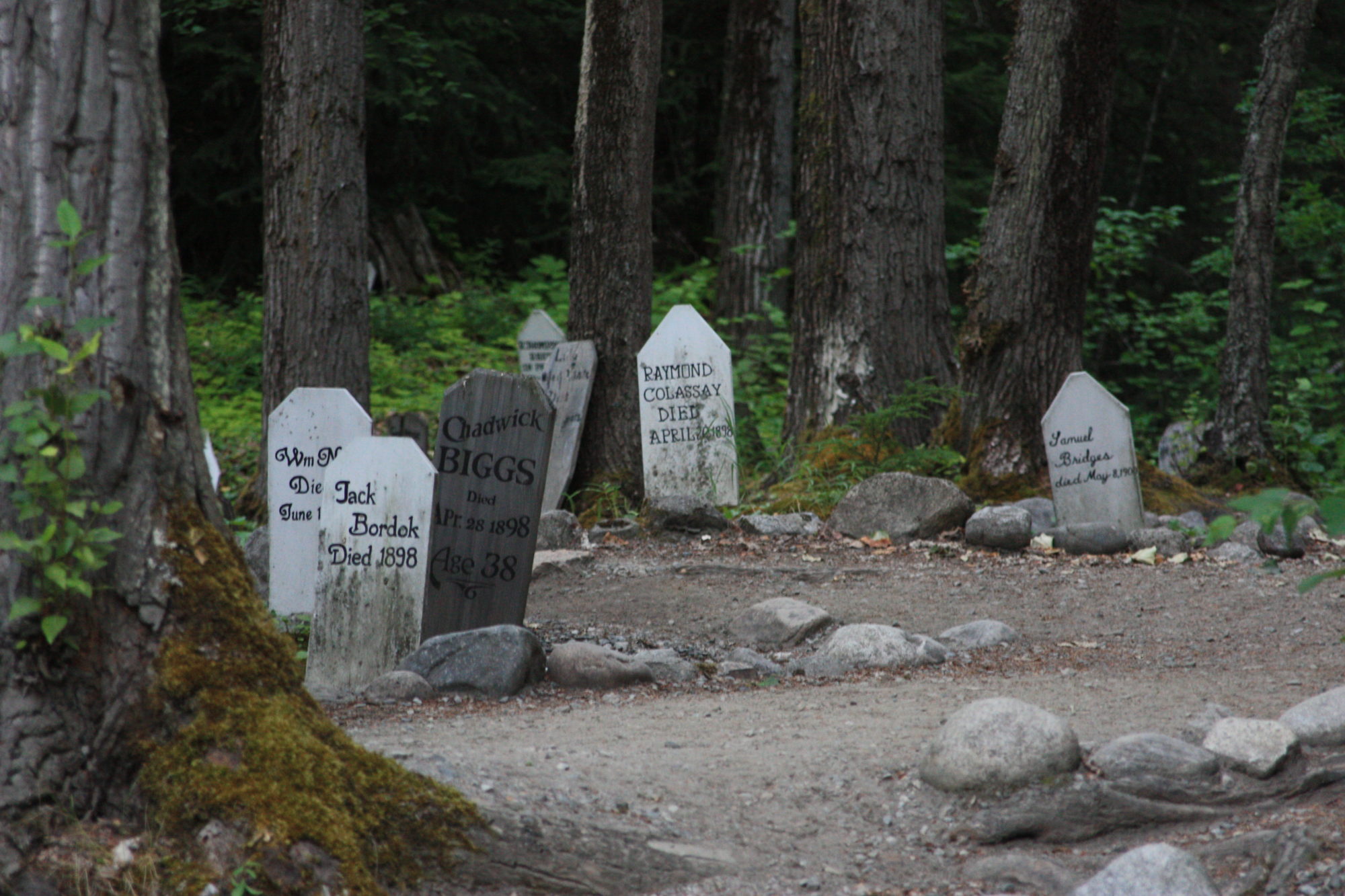
Alfred Hulse Brooks was born on July 18, 1871 in Ann Arbor, Michigan and graduated from Harvard in 1894. He loved geology and exploring and so, in the gold rush, came to Alaska. He photographed many communities including Skagway – all of the photos are at the Yale Library Collection (which is odd considering he went to rival University, Harvard).
In 1898, the federal government announced a systematic topographic and geologic survey of Alaska that would include renewed exploration of the Brooks Range. Brooks, as new head of the Alaskan branch of the USGS, called the project “far more important than any previously done,” due in large part because it “furnished the first clue to the geography and geology of the part of Alaska north of the Yukon Basin.” Between 1899 and 1911, six major reconnaissance expeditions traversed the mountain range, mapping its topography and geology and defining the patterns of economic geology so important to prospectors and miners. He is credited with discovering that the biggest mountain range in Arctic Alaska was separate from the Rocky Mts. The range was named for him – The Brooks Range.
He served as chief geologist for Alaska for the United States Geological Survey until his death in 1924. Every year from 1904 to 1916 and from 1919 to 1923, Brooks wrote summaries of Alaska’s mineral industries. The missed years, during World War 1 were those that he spent in France as chief geologist for the American Expeditionary Force in France. He died on November 22, 1924 and is buried in Washington D.C. at the Oak Hill Cemetery. I love the inscription on his grave:
Wikipedia; findagrave; Hunt, “NPS Golden Places,” page 56.




